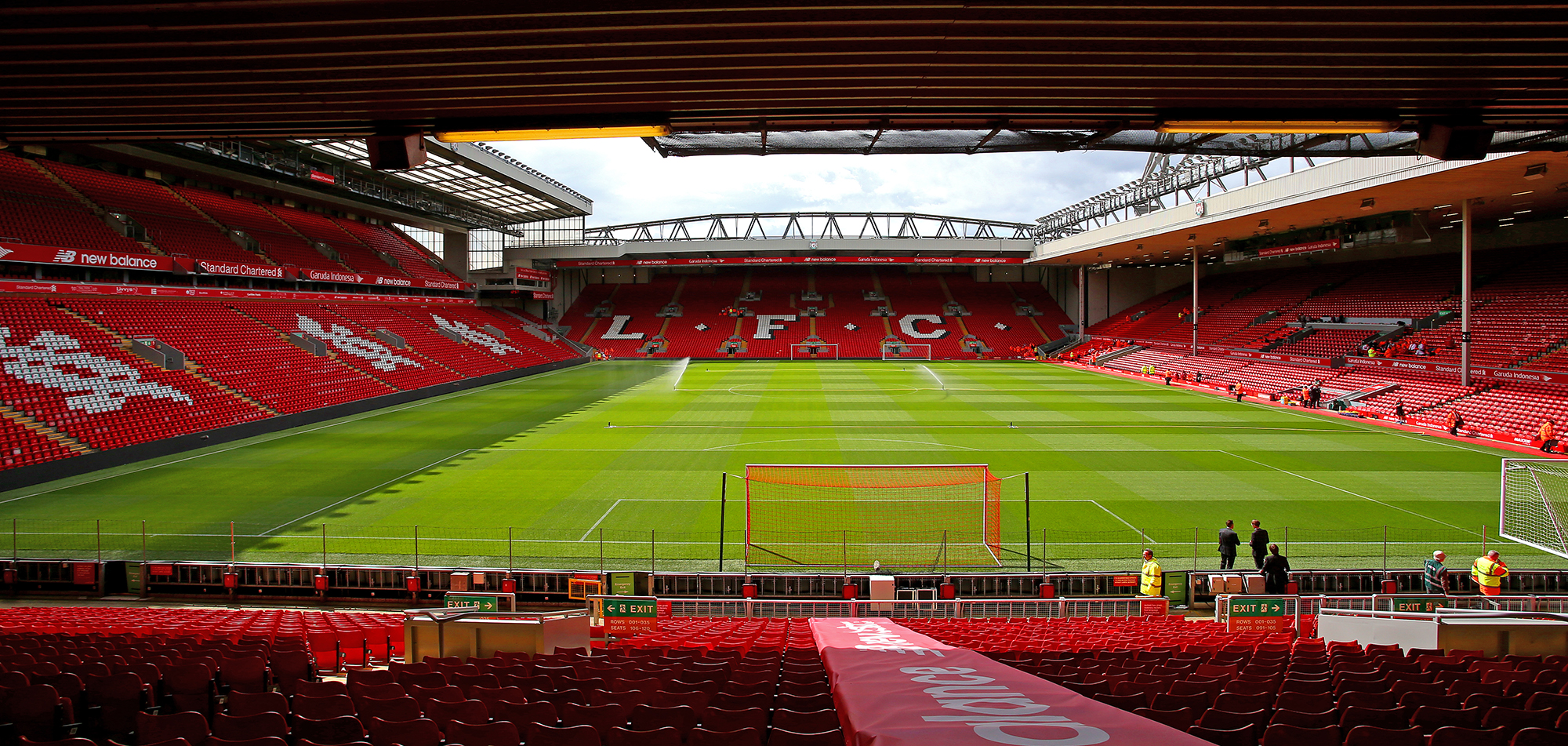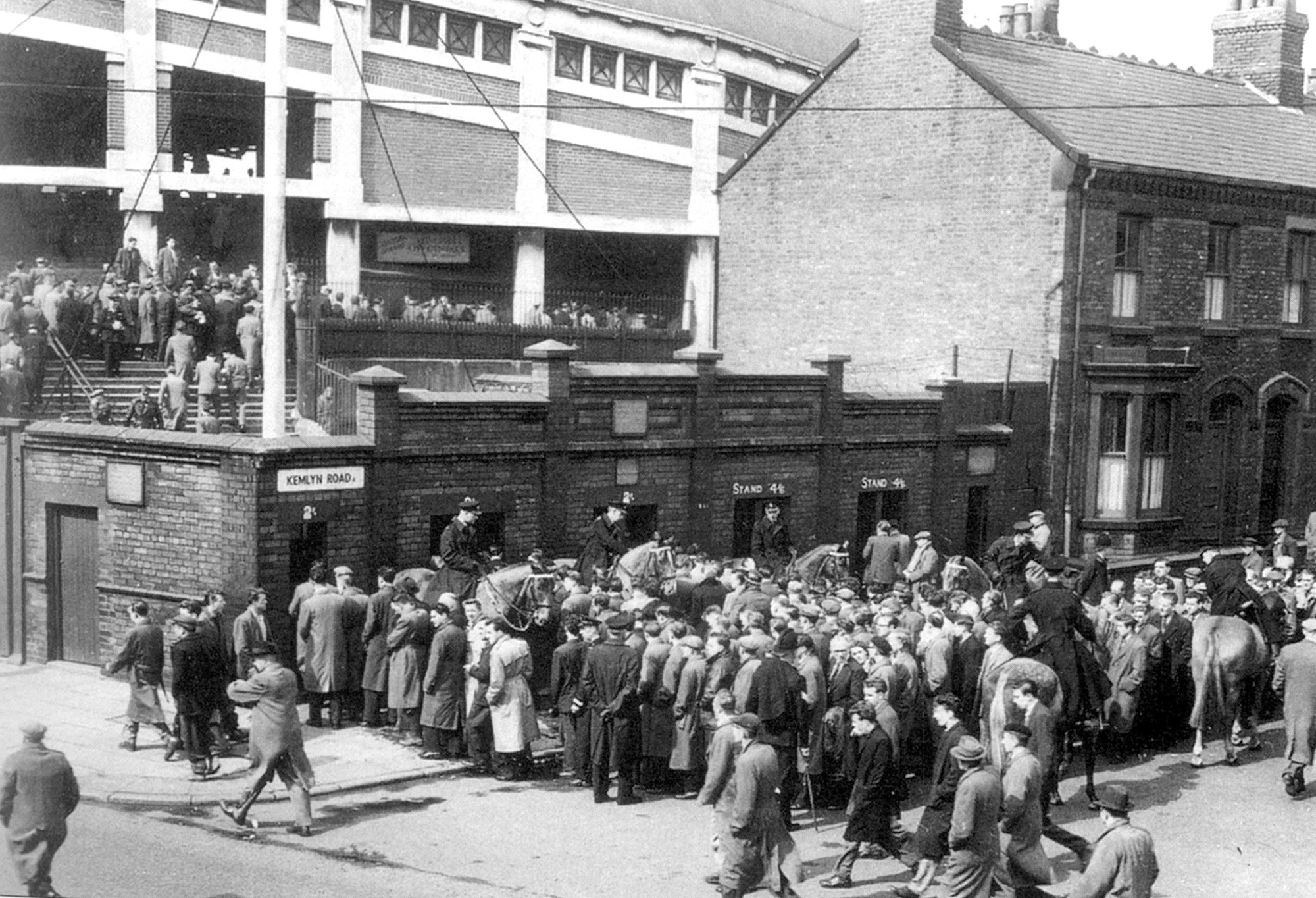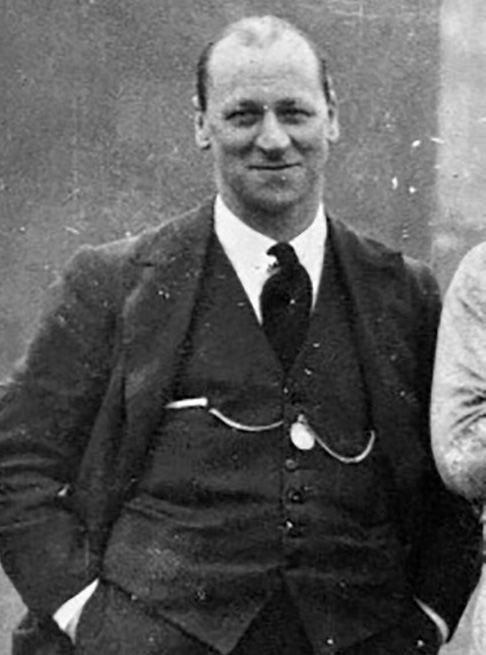
Part Three: The only way is up
Following the departure of legendary goalkeeper Elisha Scott, the Reds' fortunes started to flag. The 1930s was a difficult decade for the Club with the team regularly finding themselves in the lower reaches of the First Division table and bidding to stay afloat in the top-flight. Set against the backdrop of an economic downturn that was affecting the whole country, the lack of success on the pitch resulted in falling attendances at Anfield. Manager George Patterson saw his side finish 14th, 18th and seventh. Patterson was replaced by George Kay but he could only preside over 19th and 18th-placed finishes in his first two seasons at the helm. The final game of the 1937/38 campaign, a 1-1 draw with Chelsea, attracted just 8,278 spectators.
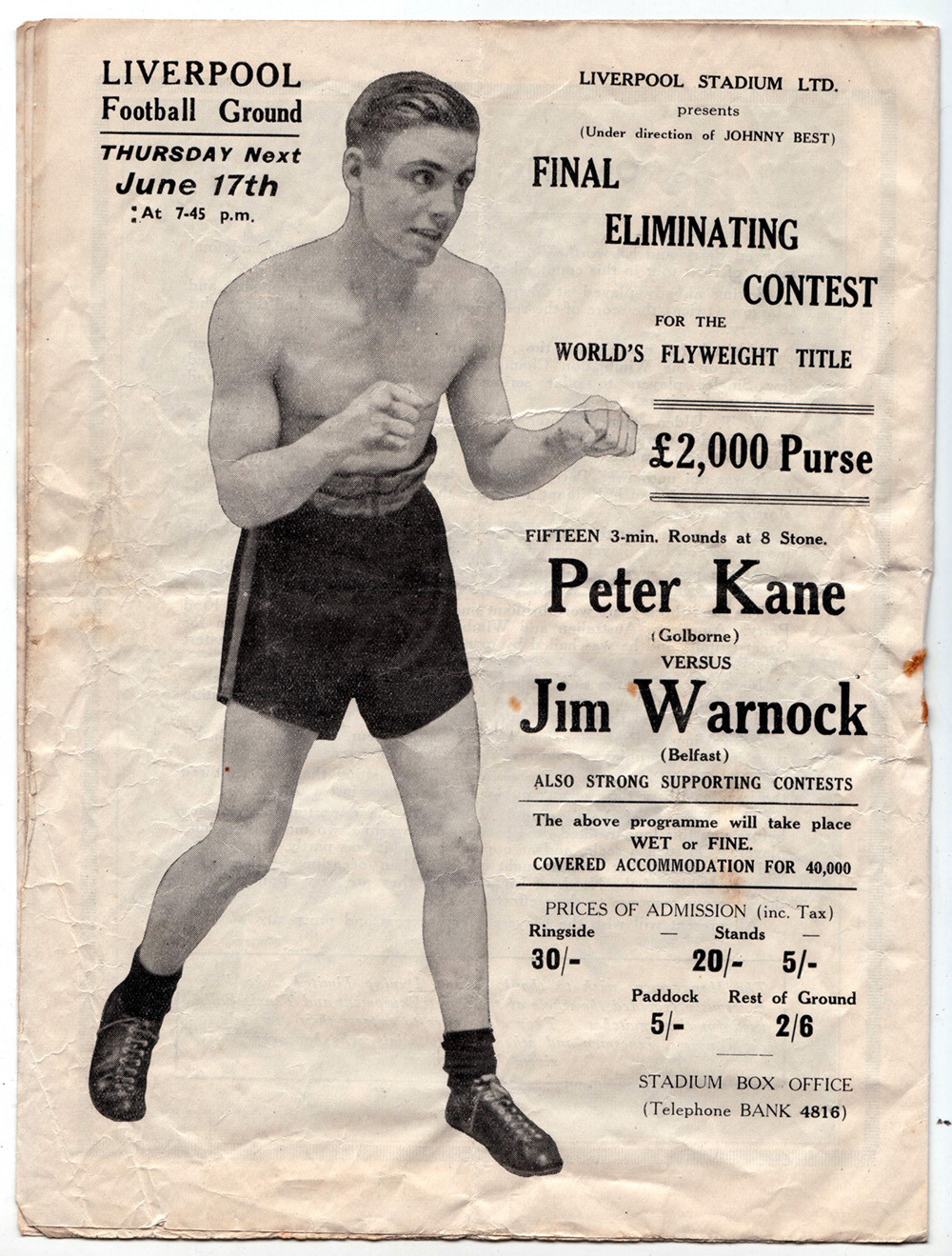
Title fight
During that difficult decade of the Thirties, the only title fights Anfield witnessed came in the boxing ring. In an attempt to boost the Club’s revenues, the gates were opened to a number of other sporting events, with boxing contests proving particularly popular. Between 1931 and 1949, a total of 27 shows, featuring almost 150 bouts, were staged in front of the Kop. On 20 September 1934 more than 31,000 fans saw local favourite Nel Tarleton narrowly miss out on the world featherweight title, losing on points to America’s Freddie Miller. In 1938 the stadium staged another world title fight with Peter Kane claiming the flyweight belt against Jackie Jurich.
A year earlier, Anfield had also staged a star-studded professional tennis tournament. Boards were put down on the pitch and the legendary Fred Perry, a three-time Wimbledon and US Open champion, defeated American ace Ellsworth Vines in L4. After that contest, the duo served up a further treat for fans by pairing up in a doubles match against Bill Tilden and Lester Stoefen.
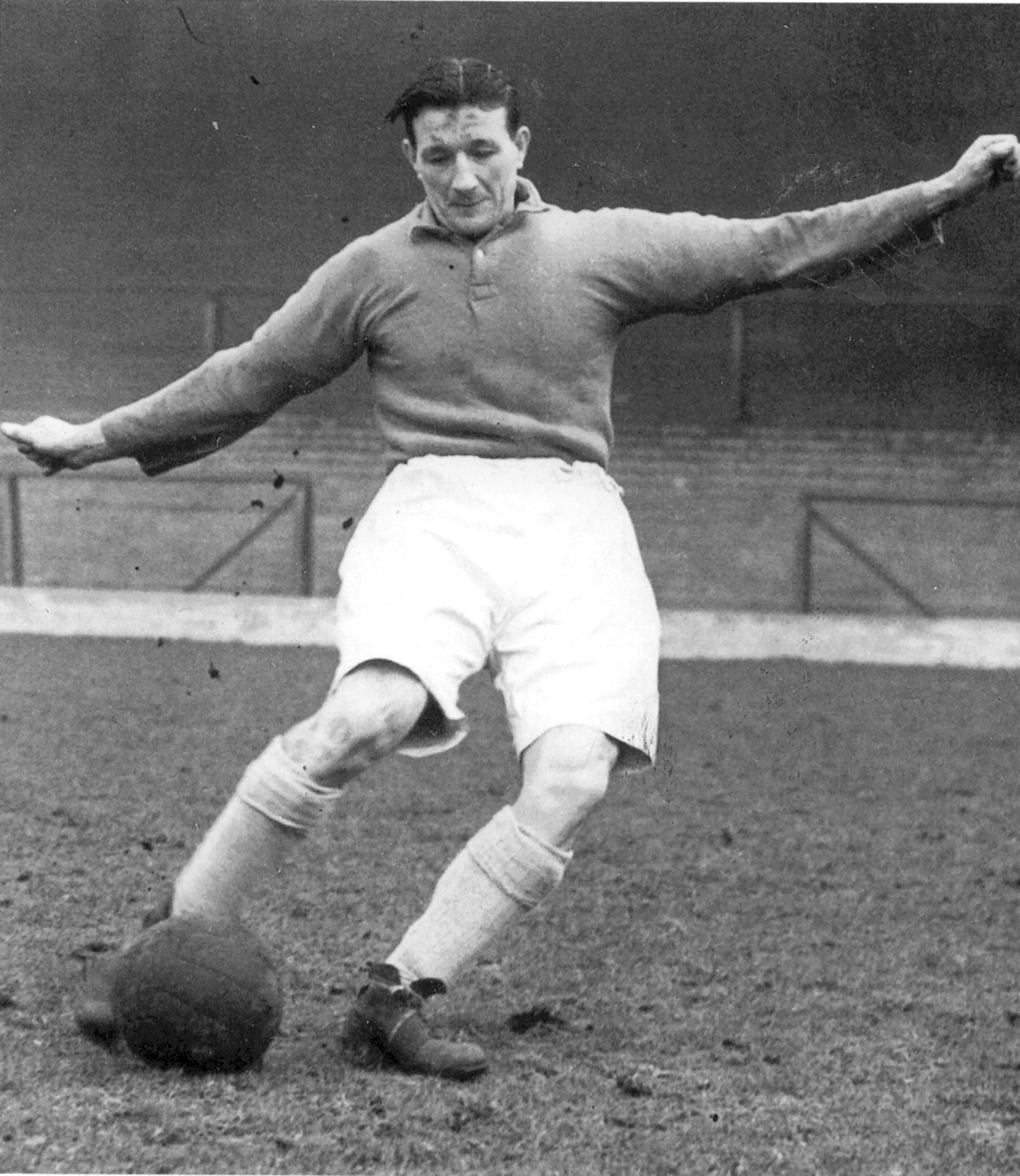
War-time football
Having lost 13 men registered with the Club during the First World War, the Club would see another 11 pass away during hostilities in the second global conflict. A number of players had signed up for the Territorial Army throughout the 1938/39 season but Liverpool FC were the first to join the Territorials as a Club. The 20-player Anfield entry into the 9th King's Regiment Liverpool was also supplemented by manager George Kay and assistant secretary Jack Rouse. Germany invaded Poland on Friday 1 September 1939 and although Liverpool FC played Chelsea the following day, it would be the Reds' last league game until 1946. Anfield itself came though the war relatively unscathed but the proximity of L4 to the docks saw some damage to Goodison Park. Football’s popularity continued to see large numbers pour through the turnstiles and derby matches were a major draw. In January 1944, a crowd of 43,000 witnessed Liverpool FC's win at Goodison, while in 1945/46 there were 61,000 for a 2-2 draw at the same ground. Two key men of the future made an early impression during the war years. Bob Paisley had impressed during the 1939/40 trial matches yet spent most of the war overseas in the Army. Meanwhile a teenage winger named Billy Liddell was described by manager George Kay as “the best thing that has come out of Scotland in the past 10 years.”
Post-war boom
Once the war was over supporters came flocking back to football in record numbers. For the first time in Anfield history the average gate topped 40,000 as Liverpool FC defied the odds to clinch their fifth Football League championship in 1946/47. It was an against-all-odds triumph which dated back to chairman Bill McConnell taking the Reds on a pre-season tour of the USA to boost their nutritional intake. McConnell also backed a Club-record transfer bid to bring in Albert Stubbins in a real show of intent. Other highlights of an incredible campaign included Jackie Balmer's hat-trick of hat-tricks and Stubbins' famous diving header in the snow from a Billy Liddell free-kick in an FA Cup quarter-final against Birmingham City. The FA Cup run would end in disappointment with a semi-final defeat by Burnley at Maine Road, but after an anxious two-week wait for confirmation the Reds' 2-1 win at Wolves in their final outing proved enough to claim their first title since 1923.
